A helpful guide to setting parental controls on common platforms here.
Useful resources for Parents and Carers
Structure of this report
Following the Executive Summary in section 1 the report has a two-part structure as follows:
Part 1 The Context of the Internet
Section 2 - Opportunities, risks and challenges
Takes an overview of children's access to the open internet as an educational resource, as a platform for communication and creativity, but also as a source of distinct risks around content, contact and conduct, with specific regulatory challenges.
Section 3 - Parental mediation: managing the risks to children
Describes the tactics of parents, carers and educators in guiding and informing children's behaviour through education and advice, mediation and rules as critical aspects of child protection online.
Section 4 - Safety mechanisms and the role of industry
Describes in detail many of the tools and mechanisms offered to parents to protect their children online and notes some of the issues around such tools. It does so within a simplified model of the internet from content origination to content reception by the user and gives an overview of the status of internet intermediaries like ISPs.
Part 2 The Research
Section 5 - Children and the internet: use and concerns
Sets the context for mediation by looking at key changes in children's use of the internet, their likes and dislikes compared to the online concerns of parents.
Section 6 - Parental mediation strategies: take -up, awareness of and confidence of parents in relation to parental controls
Provides both quantitative figures and qualitative insights to create an in-depth picture of the broad range of online mediation strategies employed by parents and their levels of confidence about their ability to keep their children safe online.
Section 7 - Safety measures on sites regularly visited by children
Looks at the research available regarding parental mediation of websites regularly visited by children, including search engines, YouTube and social networking sites.
Section 8 - Why parents choose not to apply parental control tools
Looks at the various reasons why some parents choose not to install parental controls.
The full document is available here
Twitter can be a great way to keep in touch with friends and family, and keep abreast of what's going on in the world. However, as with all online platforms, there are a few risks - such as hackers, who attempt to take control of people's accounts in order to misuse them.
Thinking about buying your child a new smartphone, tablet, gaming system, or laptop this holiday season? Here are some downloadable cards to include with their gift.
"Facebook is the world's largest social network with more than 400 million people chatting and sharing their lives. It's important for parents to understand how social networks work so that you can help your child to stay safe online. But you might also be on Facebook and need a bit of help. With so many applications, external services and friend requests to deal with, keeping the right information private is becoming even more important."
Leading online safety experts have pulled together pragmatic advice for parents on sexting: "A Parents Guide to dealing with Sexting: what to do and how to handle it". This follows on from a high level of demand from schools and parents and compliments the advice that they produced earlier in the year 'Sexting in schools - A toolkit. What to do and how to handle it'.
See the resource here.
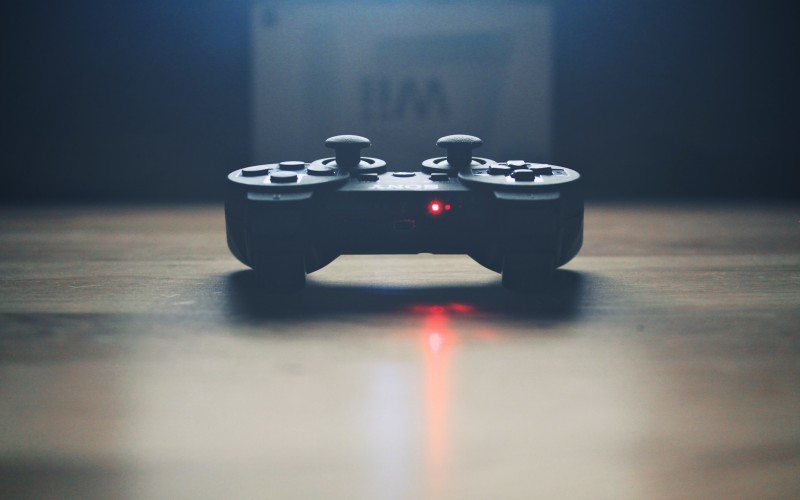
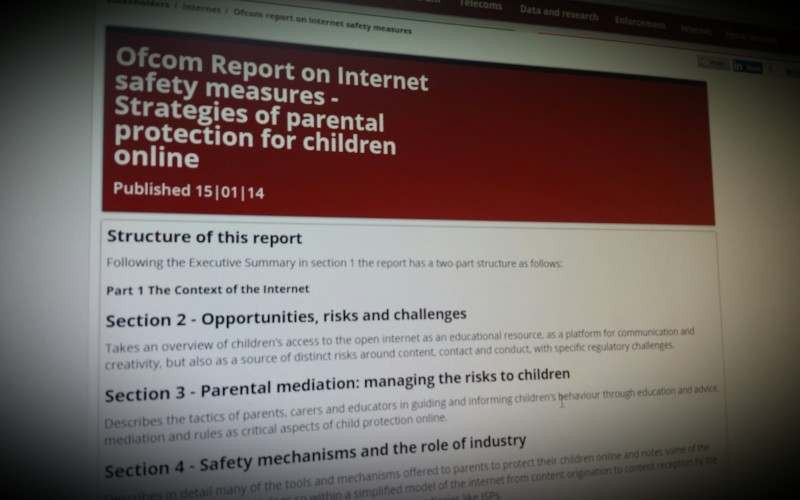
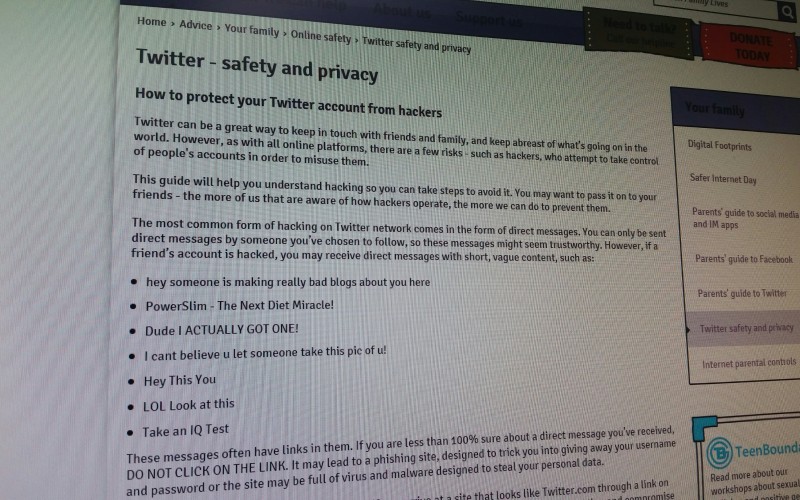
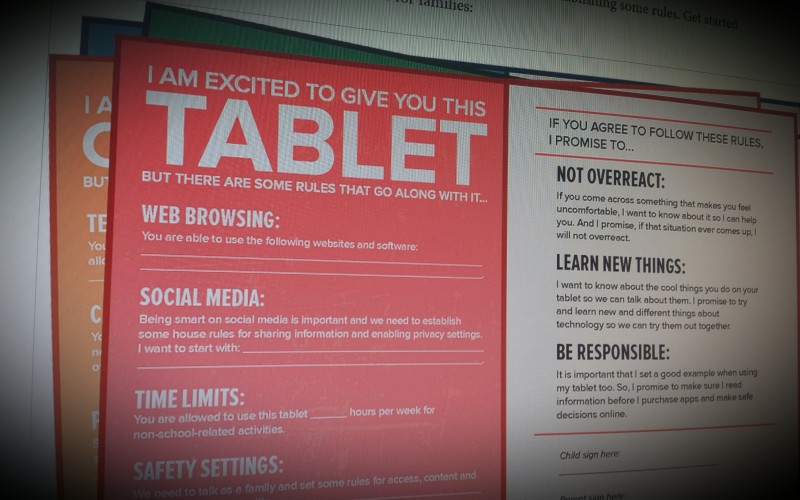

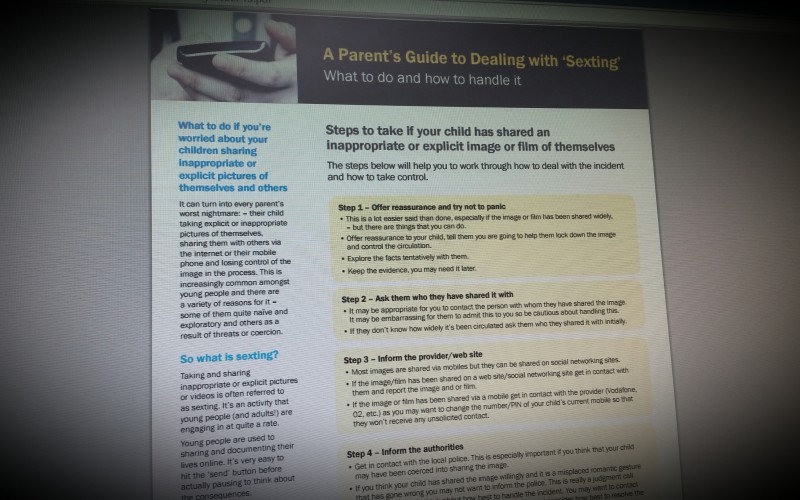
Comments
make a comment